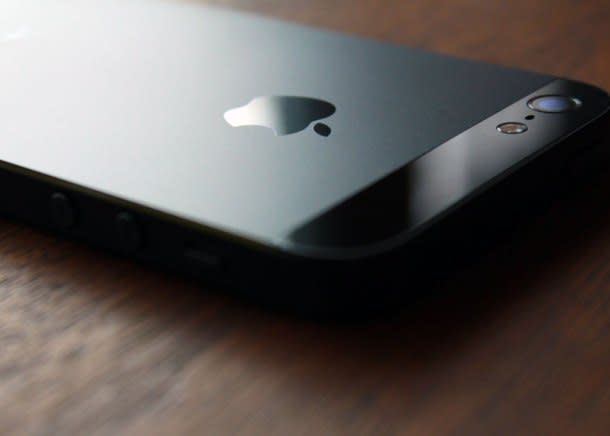Android is eating everyone’s lunch in the U.S. – except for Apple’s

The latest U.S. smartphone market share data from comScore shows an interesting twist compared to global data. Fast growth in emerging markets has sent Apple’s global market share plummeting, but the big-money U.S. smartphone market is still very much driven by high-end handsets. According to comScore’s latest data, Apple’s share of the U.S. smartphone market climbed to 39% in Q1 2013 from 36.3% in the fourth quarter last year. Over the same period of time, Android’s share of the U.S. market slid from 53.4% to 52%. Perhaps even more interesting than the figures themselves, however, is the trend among mobile operating systems in the U.S. — Android is still the nation’s top smartphone platform by a healthy margin, but its remarkable growth stopped the iPhone from enjoying impressive growth as well.
[More from BGR: BlackBerry R10 photos leak, could kick BlackBerry comeback into high gear]
Horace Dediu at Asymco is known for putting together great visualizations that offer new perspectives on industry data, and his latest charts do a great job of illustrating where Android’s growth has come from in the U.S. smartphone market. Android’s dominance in the U.S. might lead some to believe it is growing at the expense of all other smartphone platforms, but Dediu’s recent charts paint a much different picture:
[More from BGR: Buying a Retina iPad mini this year might be a bad idea]
As can be seen quite clearly, as Fortune points out, Apple has continued to show steady smartphone growth in the U.S. market even as Android’s growth rate peaked in 2010. The biggest losers apart from webOS, which basically evaporated in 2011, are Microsoft and BlackBerry, both of which went from being smartphone market leaders in America to also-rans.
BlackBerry 10 and Windows Phone are locked in a heated battle in 2013 as they fight for the No.3 spot. With smartphone penetration nearing the point of saturation, any progress one or both of these platforms make will have to come at the expense of either Android or the iPhone. And make no mistake — both platforms are vulnerable right now. Apple seemingly has no plans to release a new iPhone until this coming fall and as can be seen on the charts above, Android has already taken a few steps back.
This article was originally published on BGR.com


